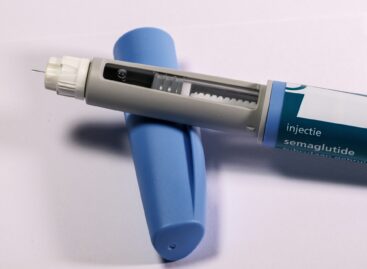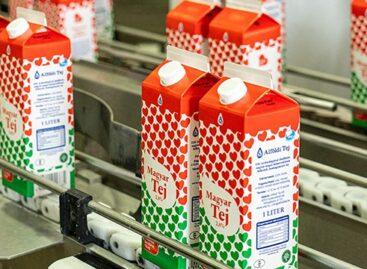Duopoly for weight loss – Eli Lilly overtakes Danish rival in consumer drug market
In the pharmaceutical industry, the market generally favors the first to enter a new segment. However, in the extremely fast-growing global market for anti-obesity drugs, it is now clear that the second to enter can also win – if its product is more effective and better positioned. The spectacular rise of the American Eli Lilly is an example of this, while the previous ruler of the segment, the Danish Novo Nordisk, has significantly reduced its growth expectations for 2025.
 GLP-1 agonists are the future of the weight loss drug market, and the duopoly – however monopolistic – has brought with it the dynamism of innovation and competition. Eli Lilly has clearly gone from second to first, and if it maintains its price and supply advantages, it could soon become the industry leader. The choice for Novo Nordisk is: either it can bring about another technological breakthrough or it can lose the dominance it has built up over the years.
GLP-1 agonists are the future of the weight loss drug market, and the duopoly – however monopolistic – has brought with it the dynamism of innovation and competition. Eli Lilly has clearly gone from second to first, and if it maintains its price and supply advantages, it could soon become the industry leader. The choice for Novo Nordisk is: either it can bring about another technological breakthrough or it can lose the dominance it has built up over the years.
The clinical turning point
A recent 72-week clinical trial comparing the two companies’ weight-loss drugs found that Eli Lilly’s tirzepatide resulted in an average weight loss of 20%, while Novo Nordisk’s semaglutide-based drug only resulted in a 14% reduction. This difference – while both drugs are successful – has dramatically reshaped the market.
GLP-1 agonists work through the hormone system that influences metabolism, causing a feeling of fullness, slowing gastric emptying and reducing appetite. Although Novo Nordisk was the first to get this hormone-mimicking drug approved as a consumer drug, the effectiveness is now tipping the scales in Eli Lilly’s favor.
A change in the numbers
Novo Nordisk’s anti-obesity drug generated $8.2 billion in revenue in 2024, while Eli Lilly’s drug, approved two years late, already generated $4.9 billion in its first full year. Analysts predict that the American drugmaker could overtake its Danish rival in sales by 2027.
This is also reflected in investor expectations: while Novo Nordisk shares have fallen by 30% since the beginning of 2024, Eli Lilly’s share price has strengthened by the same amount. The proportions of American prescriptions issued for drugs have also changed: in the first quarter of 2025, 75% of new prescriptions were for Eli Lilly’s product.
Related news
First eye drop to improve public health gets green light in the United States
🎧 Hallgasd a cikket: Lejátszás Szünet Folytatás Leállítás Nyelv: Auto…
Read more >Wegovy also received approval as a tablet – Novo Nordisk may enter a new era
🎧 Hallgasd a cikket: Lejátszás Szünet Folytatás Leállítás Nyelv: Auto…
Read more >Egis Pharmaceuticals opens new factory in Budapest
🎧 Hallgasd a cikket: Lejátszás Szünet Folytatás Leállítás Nyelv: Auto…
Read more >Related news
Crowds return to stores: margin cap and year-end preparations drive retail traffic
🎧 Hallgasd a cikket: Lejátszás Szünet Folytatás Leállítás Nyelv: Auto…
Read more >The kings of the New Year’s Eve list: hot dogs and champagne in abundance
🎧 Hallgasd a cikket: Lejátszás Szünet Folytatás Leállítás Nyelv: Auto…
Read more >The Alföldi Tej case is drifting towards an uncertain outcome
🎧 Hallgasd a cikket: Lejátszás Szünet Folytatás Leállítás Nyelv: Auto…
Read more >






